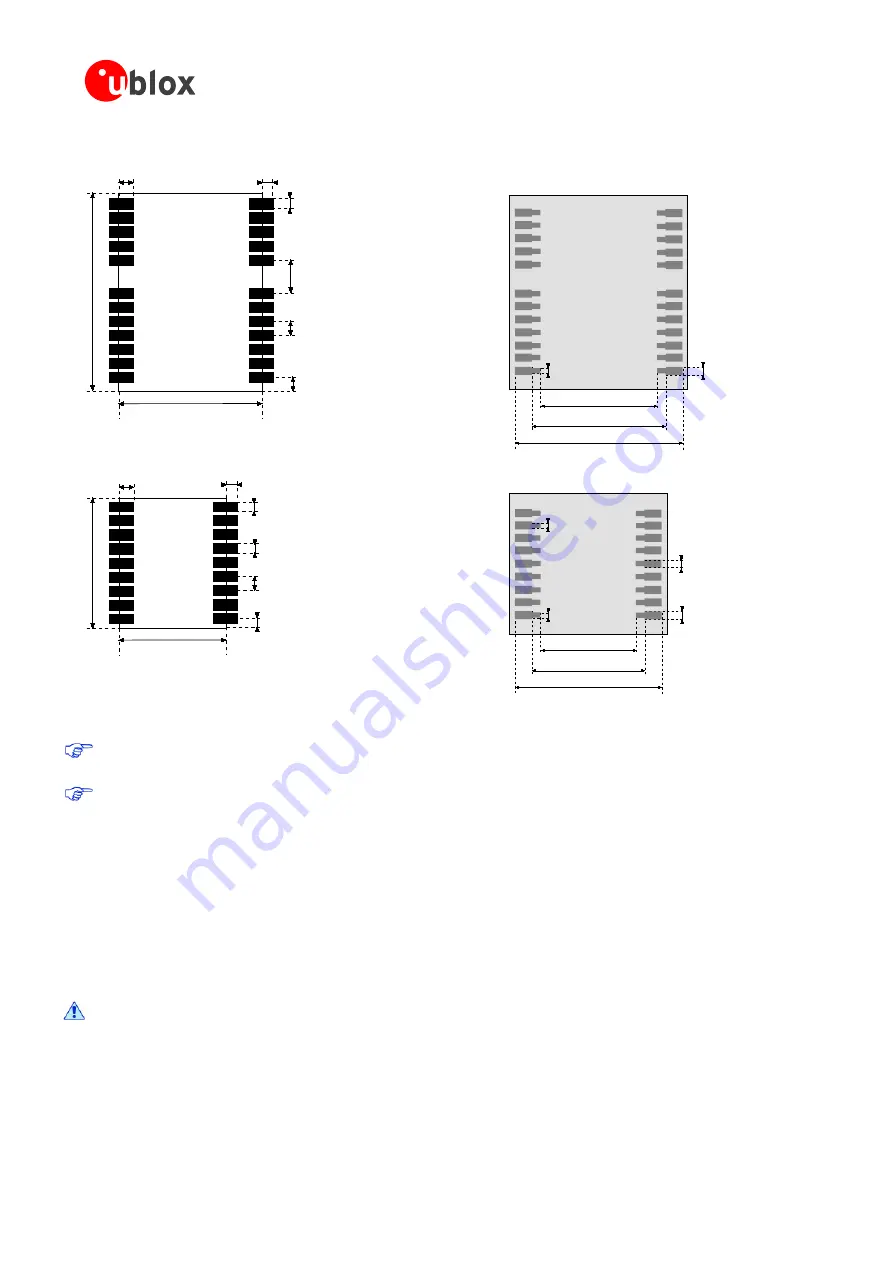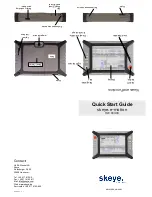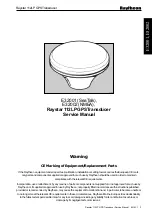
MAX-7 / NEO-7 / LEA-7 - Hardware Integration Manual
GPS.G7-HW-11006-1
Design
Page 22 of 55
12.2 mm [480.3 mil]
16.
0
m
m
[
63
0
mi
l]
1.0 mm
[39.3 mil]
0
.8
mm
[31.
5
mi
l]
0.8 mm
[31.5 mil]
3
.0
mm
[118.
1
mi
l]
1
.0
mm
[39.
3
mi
l]
1
.1
mm
[43.
3
mi
l]
Figure 10: NEO-7 footprint
9.7 mm [382 mil]
1
0.
1
m
m
[
39
8
mi
l]
1.0 mm
[39.3 mil]
0
.7
mm
[27.
6
mi
l]
0.8 mm
[31.5 mil]
0.
65 m
m
[26.
6
mi
l]
1
.1
mm
[43.
3
mi
l]
0
.8
mm
[31.
5
mi
l]
Figure 11: MAX-7 footprint
Stencil: 170
µ
m
10.4 mm [409.5 mil]
14.6 mm [575 mil]
12.2 mm [480 mil]
0.
8 mm
[31.
5
mi
l]
0.
6 mm
[23.
5
mi
l]
Figure 12: NEO-7 paste mask
Stencil: 170
µ
m
7.9 mm [311 mil]
12.5 mm [492 mil]
9.7 mm [382 mil]
0.
7 mm
[27.
6
mi
l]
0.
5 mm
[19.
7
mi
l]
0.
8 mm
[31.
5
mi
l]
0.
6 mm
[23.
5
mi
l]
Figure 13: MAX-7 paste mask
MAX Form Factor (10.1 x 9.7 x 2.5): Same Pitch as NEO for all pins: 1.1 mm, but 4 pads in each corner
(pin 1, 9, 10 and 18) only 0.7 mm wide instead 0.8 mm
Consider the paste mask outline when defining the minimal distance to the next component. The exact
geometry, distances, stencil thicknesses and solder paste volumes must be adapted to the specific
production processes (e.g. soldering) of the customer.
3.3.2
Placement
A very important factor in achieving maximum performance is the placement of the receiver on the PCB. The
connection to the antenna must be as short as possible to avoid jamming into the very sensitive RF section.
Make sure that the RF critical circuits are separated from any other digital circuits on the system board. To
achieve this, position the module’s digital part towards the digital section on the system PCB. Exercise care if
placing the receiver in proximity to heat emitting circuitry. The RF part of the receiver is very sensitive to
temperature and sudden changes can have an adverse impact on performance.
The RF part of the receiver is a temperature sensitive component. Avoid high temperature
drift and air vents near the receiver.
















































